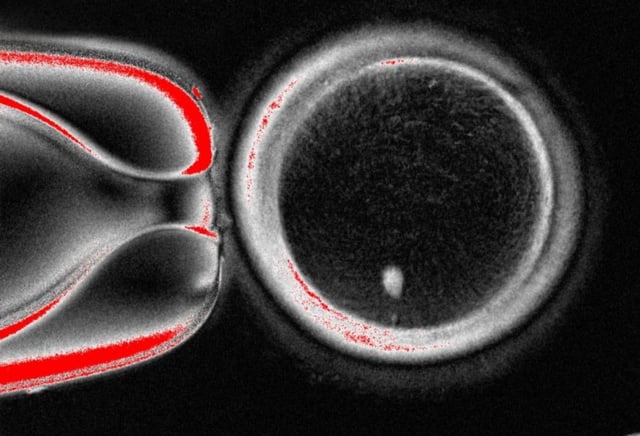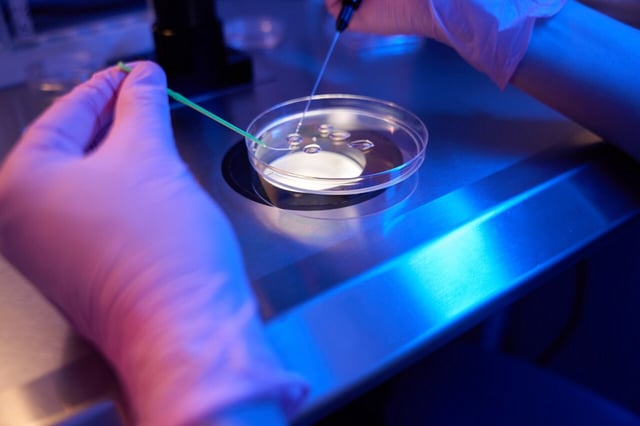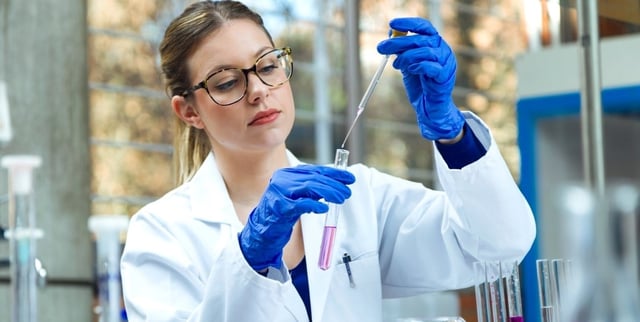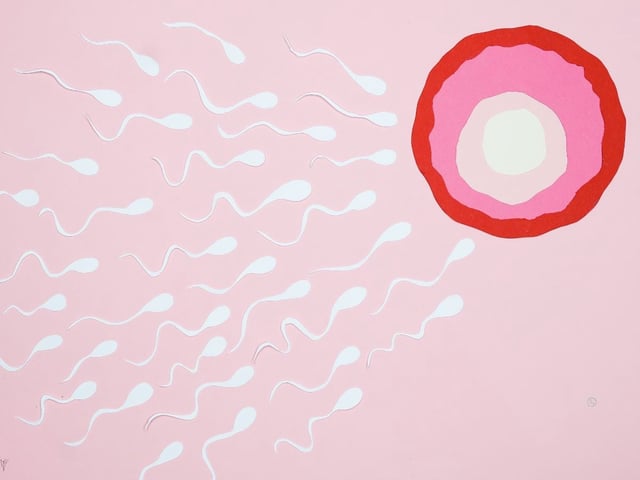Overview
- An OHSU-led team reported in Nature Communications that it generated human oocytes by transferring skin-cell nuclei into enucleated donor eggs and inducing a chromosome-reduction process dubbed mitomeiosis.
- The researchers produced 82 reconstructed oocytes and fertilized them; about 9% of resulting embryos reached the blastocyst stage by day six.
- Most embryos arrested early and many blastocysts carried chromosomal abnormalities, underscoring significant technical and safety challenges.
- Embryo culture was halted at six days in line with current rules, and the authors and outside experts emphasized that clinical translation would require extensive preclinical validation and oversight.
- If future studies resolve genetic stability and efficiency, the work could eventually offer options for people lacking viable eggs, cancer survivors, and potentially enable genetic parenthood for same-sex couples.



